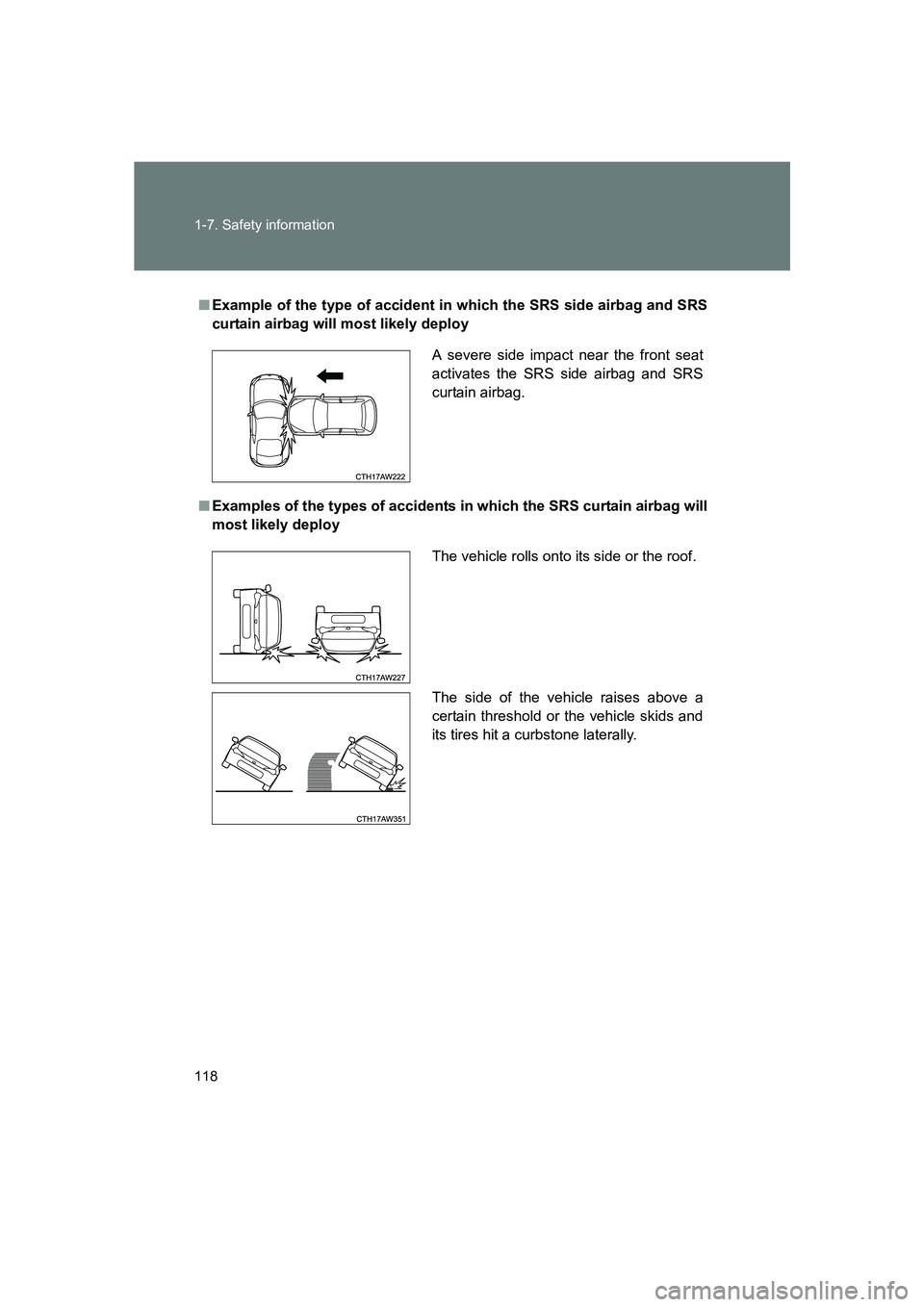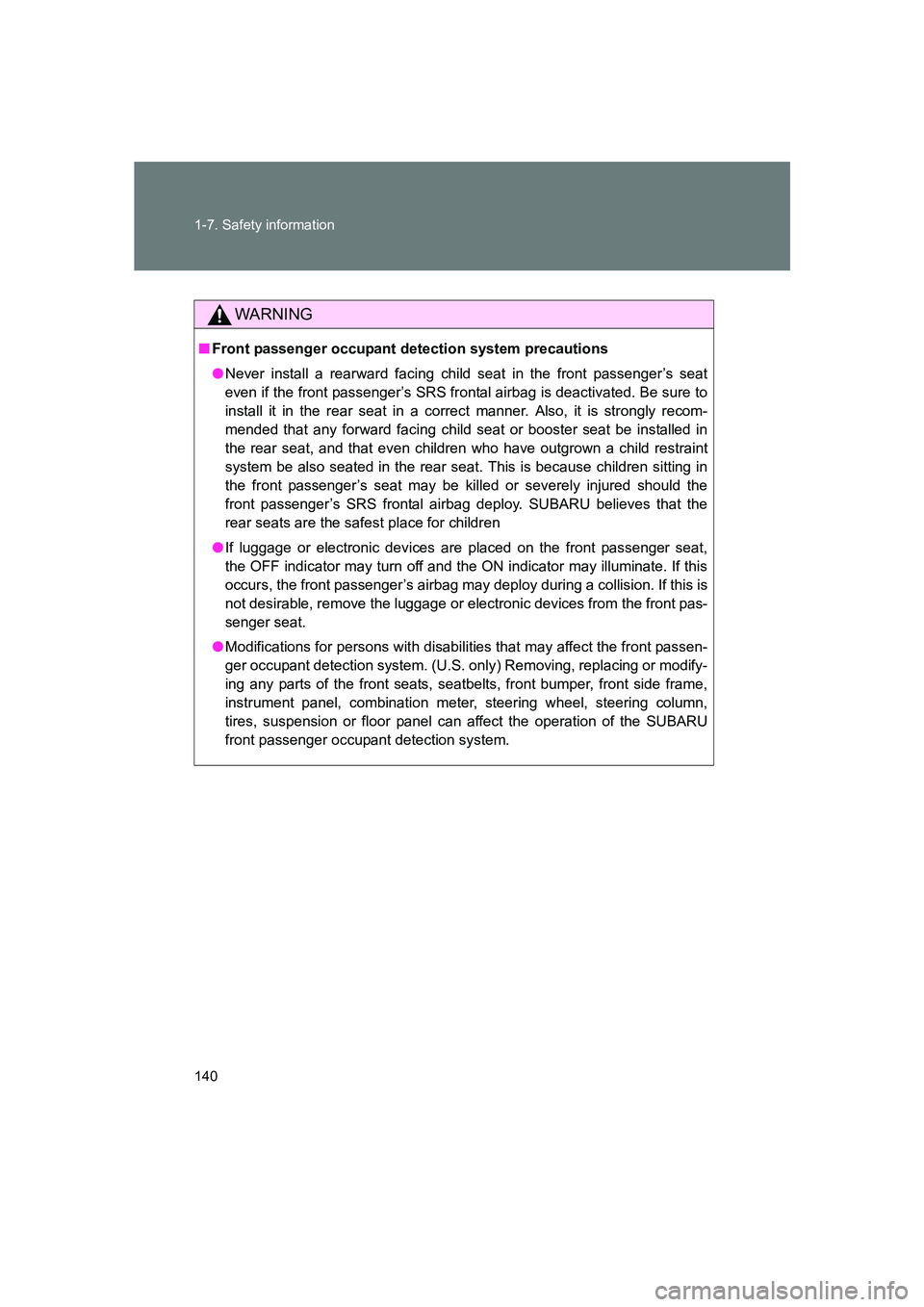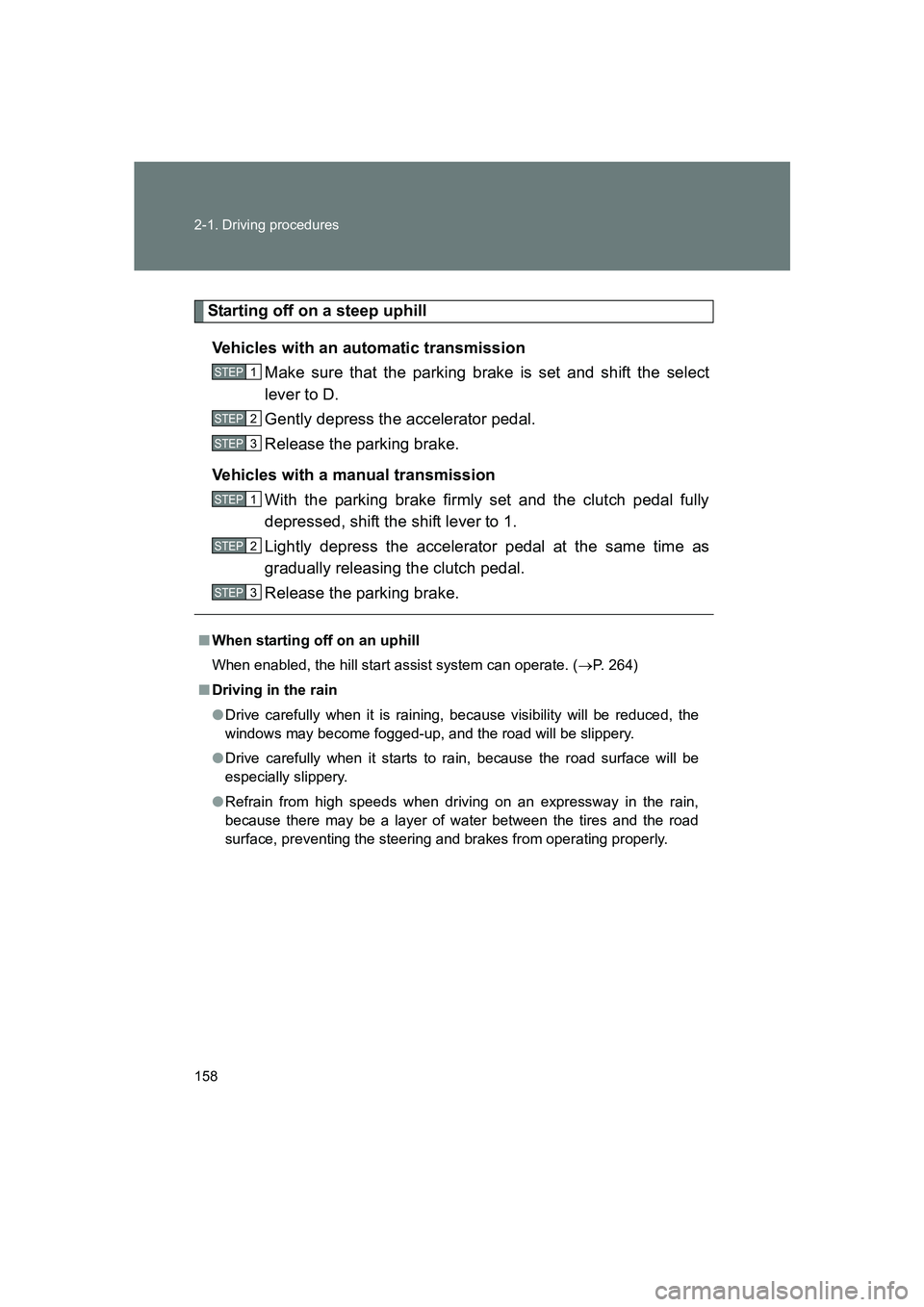2020 SUBARU BRZ tires
[x] Cancel search: tiresPage 4 of 560

TABLE OF CONTENTSIndex
4
BRZ_U
3-1. Using the air conditioning system and defogger
Manual air conditioning system .............................. 282
Automatic air conditioning system.......... 289
Rear window and outside rear view mirror
defoggers ......................... 298
3-2. Using the audio system AUX port/USB port ............. 300
Using the microphone ........ 301
3-3. Using the interior lights Interior lights list ................. 302
• Interior light ...................... 303
3-4. Using the storage features
List of storage features....... 304
• Glove box ......................... 305
• Bottle holders ................... 306
• Cup holders/ console tray ...................... 307
3-5. Other interior features Sun visors .......................... 309
Vanity mirrors ..................... 310
Clock .................................. 311
Power outlets ..................... 312
Seat heaters ....................... 314
Floor mat ............................ 316
HomeLink
®......................... 318
Compass ............................ 329 4-1. Maintenance and care
Cleaning and protecting the vehicle exterior ........... 332
Cleaning and protecting the vehicle interior ............ 338
Cleaning and protecting the Alcantara
® area .......... 342
4-2. Maintenance Maintenance requirements .................... 344
General maintenance ......... 347
Emission inspection and maintenance (I/M)
programs .......................... 350
4-3. Do-it-yourself maintenance
Do-it-yourself service precautions ....................... 351
Engine hood ....................... 354
Engine compartment .......... 356
Tires.................................... 370
Tire inflation pressure ......... 378
Wheels................................ 382
Air conditioning filter ........... 385
Transmitter/access key battery .............................. 388
Checking and replacing fuses ................................. 393
Light bulbs .......................... 401
3Interior features4Maintenance and care
Page 7 of 560

BRZ_U
7
Tires
●Rotation
● Replacement
● Inflation pressure
● Information
P. 370
P. 453
P. 378
P. 505
Fuel filler lid P. 78
Turn signal lights
P. 195
Rear side marker lights P. 233
*1: If equipped
License plate lights P. 233
Towing eyelet
P. 415
Towing eyelet P. 415
Rear view camera P. 248
Stop lights
Rear window defogger
P. 298
Trunk lid P. 46
Tail lights/stop lights P. 233
Doors P. 43
Page 118 of 560

118 1-7. Safety information
BRZ_U
■Example of the type of accident in which the SRS side airbag and SRS
curtain airbag will most likely deploy
■ Examples of the types of accidents in which the SRS curtain airbag will
most likely deploy A severe side impact near the front seat
activates the SRS side airbag and SRS
curtain airbag.
The vehicle rolls onto its side or the roof.
The side of the vehicle raises above a
certain threshold or the vehicle skids and
its tires hit a curbstone laterally.
Page 140 of 560

140 1-7. Safety information
BRZ_U
WARNING
■Front passenger occupant detection system precautions
●Never install a rearward facing child seat in the front passenger’s seat
even if the front passenger’s SRS frontal airbag is deactivated. Be sure to
install it in the rear seat in a correct manner. Also, it is strongly recom-
mended that any forward facing child seat or booster seat be installed in
the rear seat, and that even children who have outgrown a child restraint
system be also seated in the rear seat. This is because children sitting in
the front passenger’s seat may be killed or severely injured should the
front passenger’s SRS frontal airbag deploy. SUBARU believes that the
rear seats are the safest place for children
● If luggage or electronic devices are placed on the front passenger seat,
the OFF indicator may turn off and the ON indicator may illuminate. If this
occurs, the front passenger’s airbag may deploy during a collision. If this is
not desirable, remove the luggage or el ectronic devices from the front pas-
senger seat.
● Modifications for persons wi th disabilities that may affect the front passen-
ger occupant detection system. (U.S. onl y) Removing, replacing or modify-
ing any parts of the front seats, seatbelts, front bumper, front side frame,
instrument panel, combination meter, steering wheel, steering column,
tires, suspension or floor panel can affect the operation of the SUBARU
front passenger occupant detection system.
Page 158 of 560

158 2-1. Driving procedures
BRZ_U
Starting off on a steep uphillVehicles with an automatic transmission Make sure that the parking brake is set and shift the select
lever to D.
Gently depress the accelerator pedal.
Release the parking brake.
Vehicles with a manual transmission With the parking brake firmly set and the clutch pedal fully
depressed, shift the shift lever to 1.
Lightly depress the accelerator pedal at the same time as
gradually releasing the clutch pedal.
Release the parking brake.
■When starting off on an uphill
When enabled, the hill start assist system can operate. ( →P. 264)
■ Driving in the rain
●Drive carefully when it is raining, because visibility will be reduced, the
windows may become fogged-up, and the road will be slippery.
● Drive carefully when it starts to rain, because the road surface will be
especially slippery.
● Refrain from high speeds when driving on an expressway in the rain,
because there may be a layer of water between the tires and the road
surface, preventing the steering and brakes from operating properly.
STEP 1
STEP 2
STEP 3
STEP 1
STEP 2
STEP 3
Page 163 of 560

163
2-1. Driving procedures
2
When driving
BRZ_U
WARNING
●
On vehicles with a manual transmission, do not release the clutch pedal
too quickly. Doing so may propel the vehicle forward, possibly causing an
accident.
● Moving the select lever to N (vehicles with an automatic transmission) or
shift lever to neutral (vehicles with a manual transmission) while the vehi-
cle is moving will disengage the engine from the transmission. Engine
braking is not available when N or neutral is selected.
● During normal driving, do not turn off the engine. Turning the engine off
while driving will not cause loss of steering or braking control, but the
power assist to these systems will be lost. This will make it more difficult to
steer and brake, so you should pull over and stop the vehicle as soon as it
is safe to do so.
● Use engine braking (downshift) to maintain a safe speed when driving
down a steep hill.
Using the brakes continuously may cause the brakes to overheat and lose
effectiveness. ( →P. 186, 192)
● Do not adjust the position of the steering wheel, the seat, or the inside or
outside rear view mirrors while driving.
Doing so may result in a loss of vehicle control that can cause accidents,
resulting in death or serious injury.
● Always check that all passengers' arms, heads or other parts of their body
are not outside the vehicle, as this may result in death or serious injury.
● Do not drive in excess of the speed limit. Even if the legal speed limit per-
mits it, do not drive over 85 mph (140 km/h) unless your vehicle has high-
speed capability tires. Driving over 85 mph (140 km/h) may result in tire
failure, loss of control and possible injury. Be sure to consult a tire dealer
to determine whether the tires on y our vehicle are high-speed capability
tires or not before driving at such speeds.
Page 262 of 560

262 2-4. Using other driving systems
BRZ_U
■Electric power steering operation sound
When the steering wheel is operated, a motor sound (whirring sound) may
be heard. This does not indicate a malfunction.
■ Reduced effectiveness of the electric power steering system
The effectiveness of the electric power steering system is reduced to pre-
vent the system from overheating when there is frequent steering input over
an extended period of time. The steering wheel may feel heavy as a result.
Should this occur, refrain from excessive steering input or stop the vehicle
and turn the engine off. The electric power steering system should return to
normal after a little while.
WARNING
■ The ABS does not operate effectively when
●Tires with inadequate gripping ability are used (such as excessively worn
tires on a snow covered road).
● The vehicle hydroplanes while driving at high speed on wet or slick roads.
■ Stopping distance when the ABS is operating may exceed that of nor-
mal conditions
The ABS is not designed to shorten the vehicle’s stopping distance. Always
maintain a safe distance from the vehicle in front of you in the following situ-
ations:
●When driving on dirt, gravel or snow-covered roads
● When driving with tire chains
● When driving over bumps in the road
● When driving over roads with potholes or uneven surfaces
Page 263 of 560

263
2-4. Using other driving systems
2
When driving
BRZ_U
WARNING
■
TRAC may not operate effectively when
Directional control and power may not be achievable while driving on slip-
pery road surfaces, even if the TRAC system is operating.
Do not drive the vehicle in conditions where stability and power may be lost.
■ When the Vehicle stability control (VSC) and/or brake LSD function is
activated
The slip indicator light flashes. Always drive carefully. Reckless driving may
cause an accident. Exercise particular care when the indicator light flashes.
■ When the TRAC/Vehicle stability co ntrol (VSC) systems are turned off
Be especially careful and drive at a speed appropriate to the road condi-
tions. As these are the systems to help ensure vehicle stability and driving
force, do not turn the TRAC/Vehicle stability control (VSC) systems off
unless necessary.
■ Replacing tires
Make sure that all tires are of the specified size, brand, tread pattern and
total load capacity. In addition, make sure that the tires are inflated to the
recommended tire inflation pressure level.
The ABS, TRAC and Vehicle stability cont rol (VSC) systems will not function
correctly if different tires are installed on the vehicle.
Contact your SUBARU dealer for further information when replacing tires or
wheels.
■ Handling of tires and suspension
Using tires with any kind of problem or modifying the suspension will affect
the driving assist systems, and may cause a system to malfunction.